In smile design, which is an important practice of aesthetic dentistry, the goal is to create a renewed, aesthetic, and healthy smile that suits the person’s facial and lip shape, personal preferences, and characteristics. Improving the tooth by reshaping it is highly effective for individuals with aesthetic concerns related to the shape of their teeth.
Tooth reshaping not only addresses aesthetic issues but also helps solve functional problems of the teeth. Tooth reshaping is applied in the following cases:
- Asymmetric teeth
- Broken and cracked teeth
- Misaligned teeth
- Teeth with gaps and spaces
- Irregularly sized and shaped teeth
- Overlapping teeth
The tooth reshaping process is effective in smile design. Compared to many dental treatment procedures, results can be achieved in a short time. It is a method that protects tooth tissue using minimally invasive techniques.
Tooth reshaping is performed using different techniques depending on the needs:
Tooth Contouring: A method applied to minor imperfections, especially issues with the length and edges of the tooth, involving a small amount of enamel removal. It usually does not require anesthesia and can be completed in a single session.
Laminate Veneer (Porcelain Laminate): Also called laminate teeth, this method addresses problems with the color, shape, and size of teeth. It involves minimal enamel removal and is generally completed in 2 to 3 sessions.
Orthodontic Treatment: Applied for correcting tooth crowding and misalignment. Options include metal brackets, porcelain brackets, and clear brackets. If needed, laminate veneers can also be applied after orthodontic treatment.
The selection of the appropriate tooth reshaping method and treatment planning is determined after a comprehensive dental examination. The dentist creates a treatment plan by evaluating the patient’s desires, needs, and the condition of their teeth. Tooth reshaping in smile design is an effective method for achieving an aesthetic and natural smile. The use of modern cosmetic dentistry techniques and digital tools allows for personalized planning and precise results. While it is not particularly challenging to achieve aesthetically harmonious, natural, and functional results, the expertise of the dentist, careful consideration of individual factors, and the application of appropriate treatment methods lead to satisfactory outcomes.

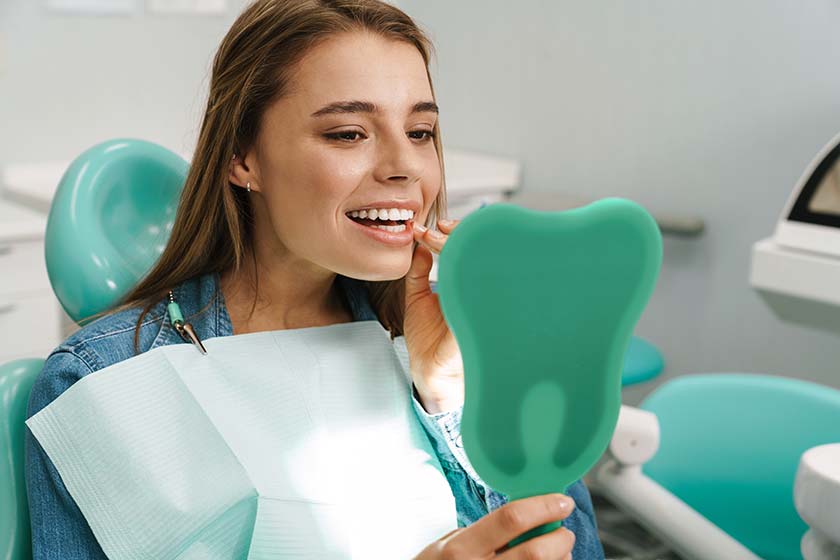
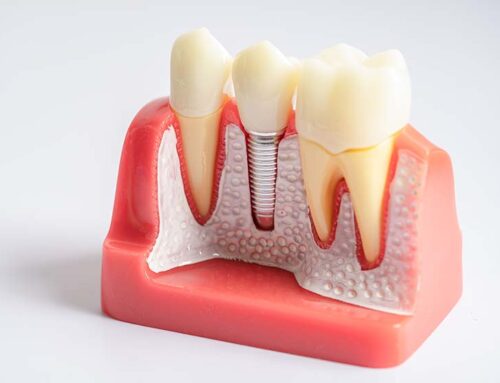
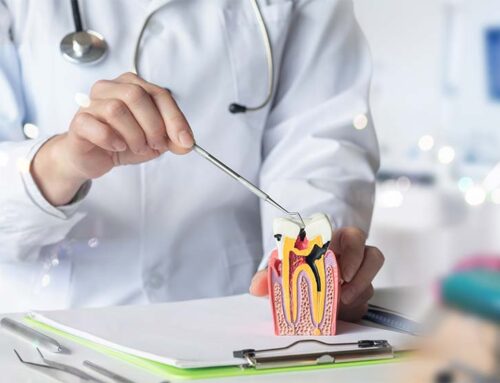
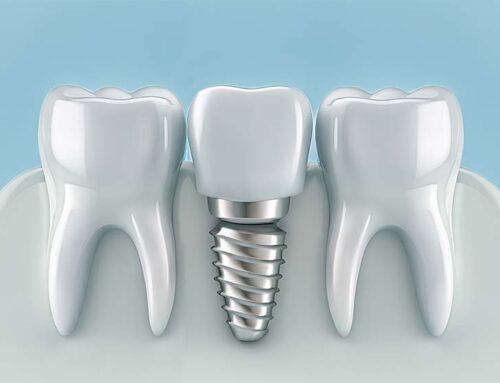
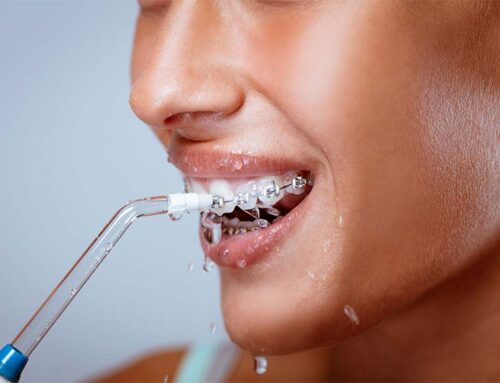
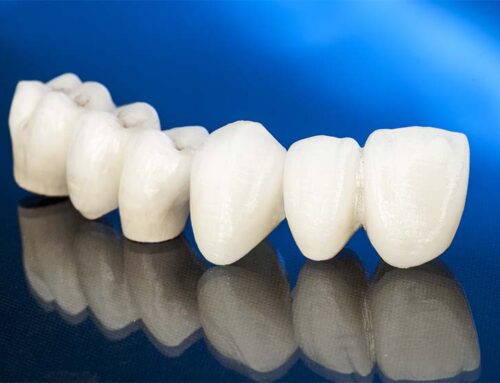
Leave A Comment